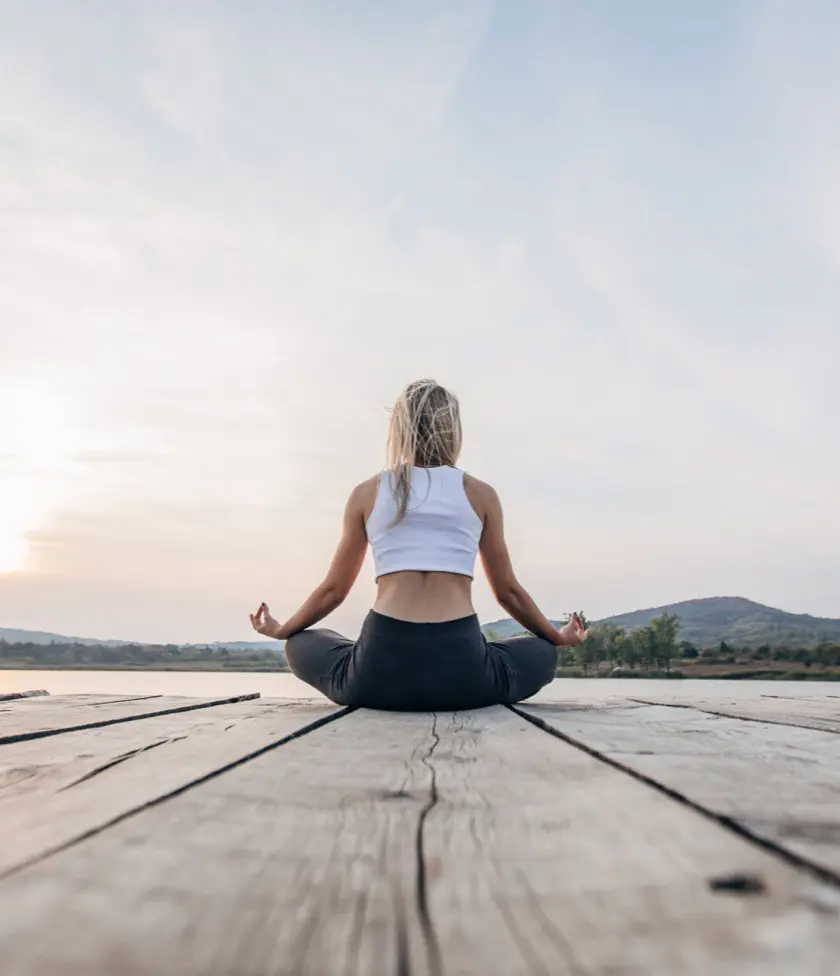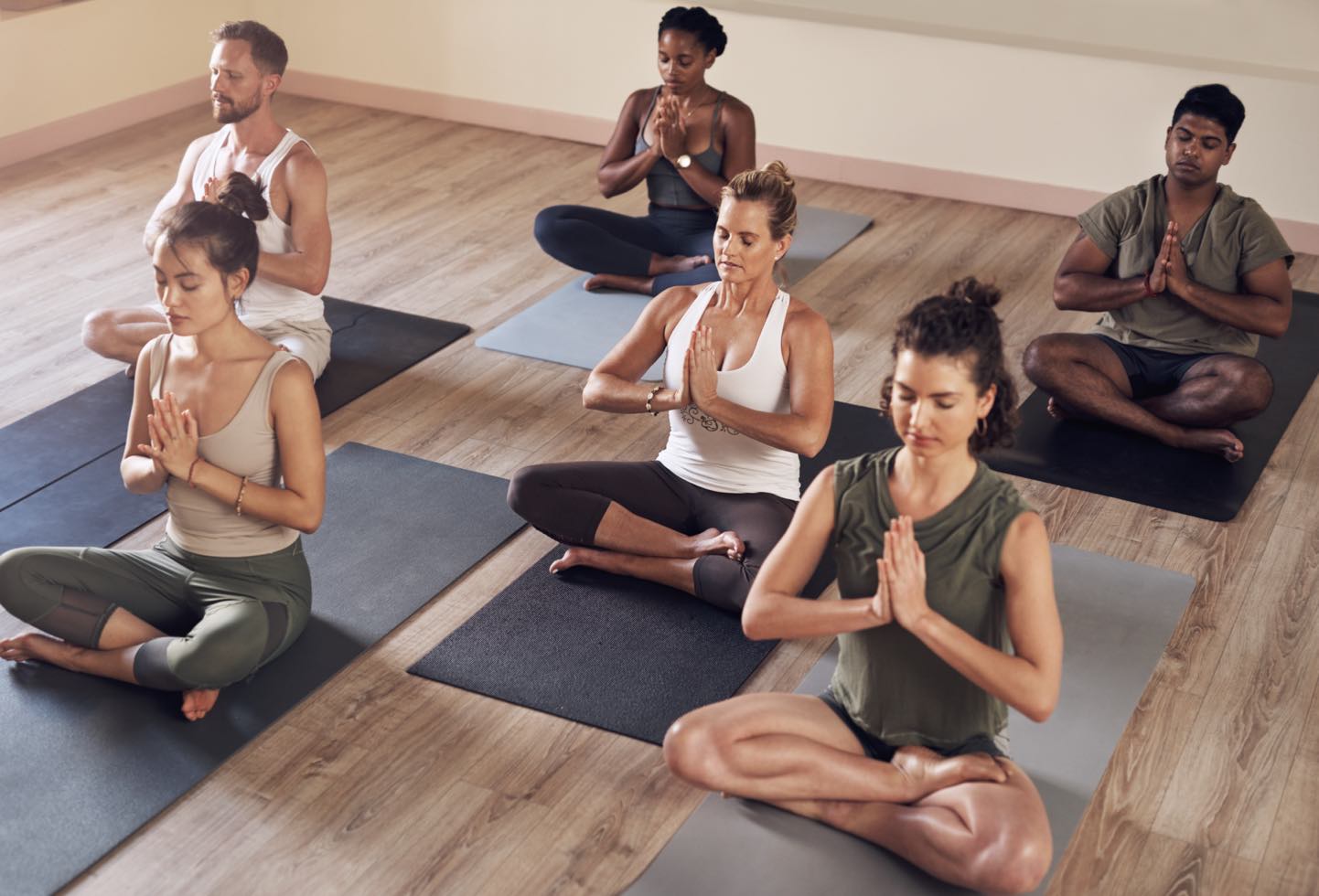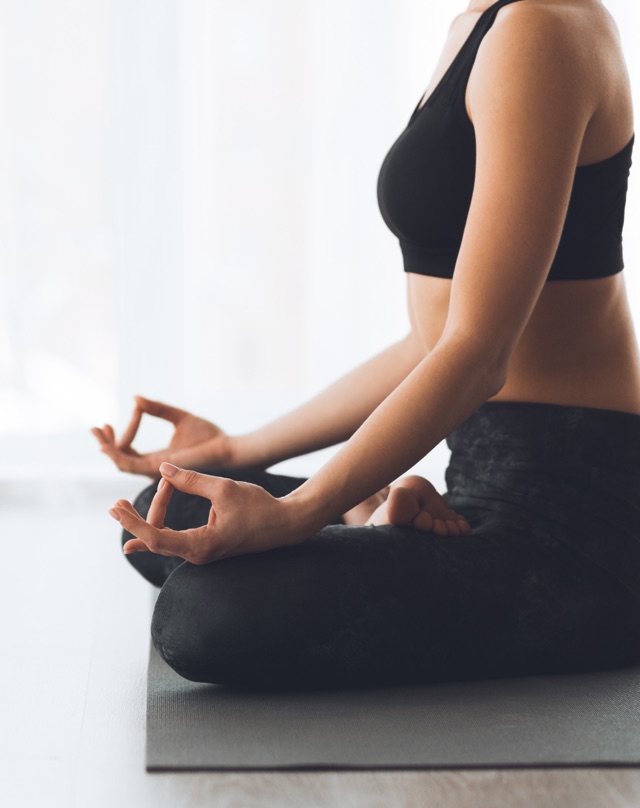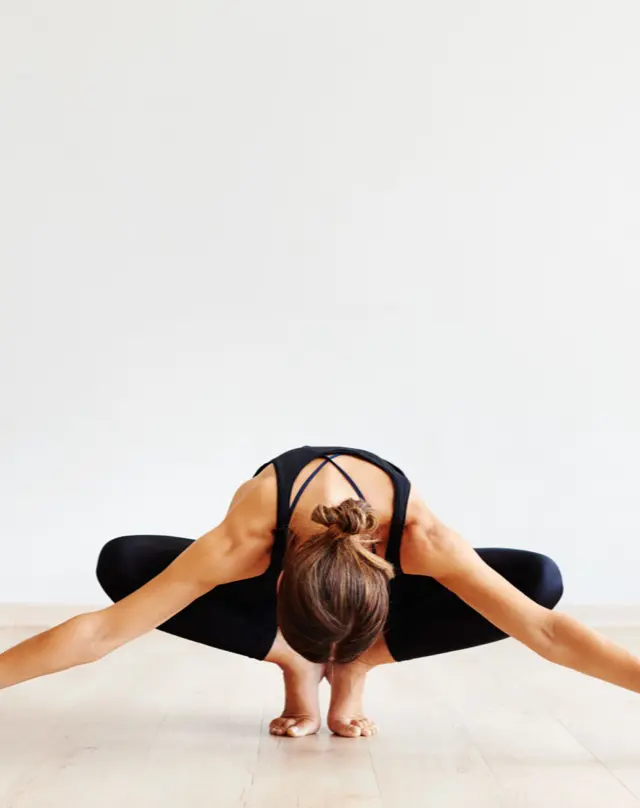
Imagine that you have a medical condition. You feel terrible. Whatever it is, you have a lot of symptoms and they’re really interfering with your daily functioning. When that happens, we visit a doctor, receive a diagnosis, and then, often, receive a prescription. People with chronic illnesses usually need to take their medication daily in order to keep symptoms at bay and live productive lives.
Now imagine having a medical condition, taking the right medication for it, and predictably beginning to feel much better as a result. What would happen if you decided that you were fine and didn’t need the medication anymore? Chances are, the symptoms would come roaring back, possibly even worse than before.
Stopping a much-needed medication just because a patient feels better is generally a pretty bad idea, yet that’s what many of us do when it comes to self-care tools like meditation. Life is filled with change and struggle, so inevitably each of us, at some point, will find ourselves in the middle of some kind of turmoil. We’ll probably feel overwhelmed, scared, and incredibly anxious, reactive and emotional, which can only make the tough times feel a hundred times worse.
A lot of us instinctively know that this is when we have to start taking care of ourselves. In order to cope we go to yoga, we begin meditating, eating healthier, and taking the time to slow down and reflect on the chaos surrounding us and within us. And miraculously, things start to get a lot better.
But here’s where we run into the real problem. Since we feel good, we start to slip. We let some of those healthy habits slide. Feeling calm again, meditation just isn’t a priority anymore, and once mindful choices regress back to emotionally triggered reactions.
Sound familiar? If so, you’ve probably been practicing “Crisis Meditation.” Don’t panic. It’s very common. Lots of people turn to meditation when facing a crisis, but once the feeling of crisis fades away, they tend to abandon the practice, not realizing that the meditation is what made them feel better. It’s exactly the same as stopping a medication just because the symptoms disappeared.
If you’re a “Crisis Meditator” who wants to change their ways, there’s great news. Creating new habits can be hard, even when we know we’re doing something healthy for ourselves. Think about how many people start diets and exercise plans and give up soon after. Meditation is the exact same way, and just like eating right and moving your body, its benefits are cumulative. While you can receive some instant gratification from meditation, it works best when done consistently.
Make Meditation a habit
The simplest way to move from crisis meditation toward a continuous practice is to define a clear cut reason why this is important to you. Your reason can be as basic as it helps you focus, or it could be that meditation can keep you functioning, stave off panic attacks, and help you make mindful decisions that will lead to a better quality of life.
Remember that meditation is free, can be done nearly anywhere, does not require any special equipment, and can be practiced by anyone. This makes it a lot less intimidating. A meditation practice can be tailored to the individual — in other words, you can do what works for you, and you really can’t mess it up. Try meditating in brief increments at first, building up as slowly as you desire. The more you begin to dip into peace, silence, and stillness, the more calmness and clarity will begin to weave itself into the fabric of your being. It will become a part of who you are.
Here are a few super easy tools to help you work meditation into your daily routine:
- Set yourself up to win by starting small. Prioritize yourself with the same respect you’d give to the CEO of the company you work for. After all, you are the CEO of your life. Make time for and with yourself as important as keeping a big meeting with your boss. Set aside five minutes in the morning and five minutes in the evening, and keep that appointment!
- Get Insight Timer on your phone. This is a free meditation app that lets you time your sessions, and chart your progress. If you need more help, the app has over 7,000 guided meditations you can listen to from over 1,500 different teachers.
- Make R.P.M. an essential part of your morning routine. It stands for Rise, Pee, Meditate. Wake up, go to the bathroom so you’re comfortable, then find a quiet space to sit and meditate for as long or as little as you need.
- Not sure what to do while you’re sitting there for those five minutes? Stop, Drop, and Breathe. If you need help focusing, all you have to do is say “breathing in” as you slowly inhale, and “breathing out” as you calmly exhale. You can say it in your head, whisper it, or say it out loud. Remember, do what works for you.



